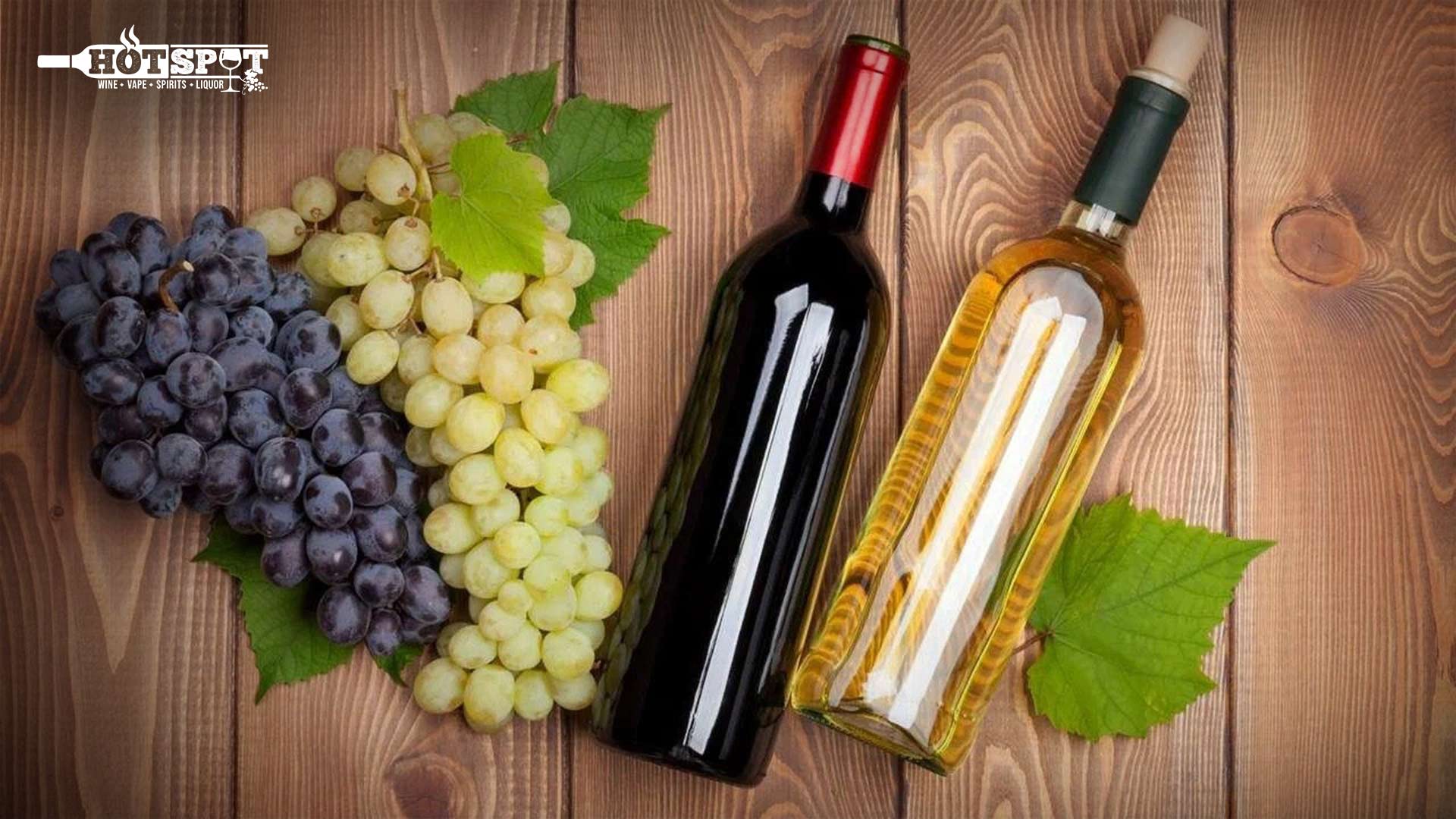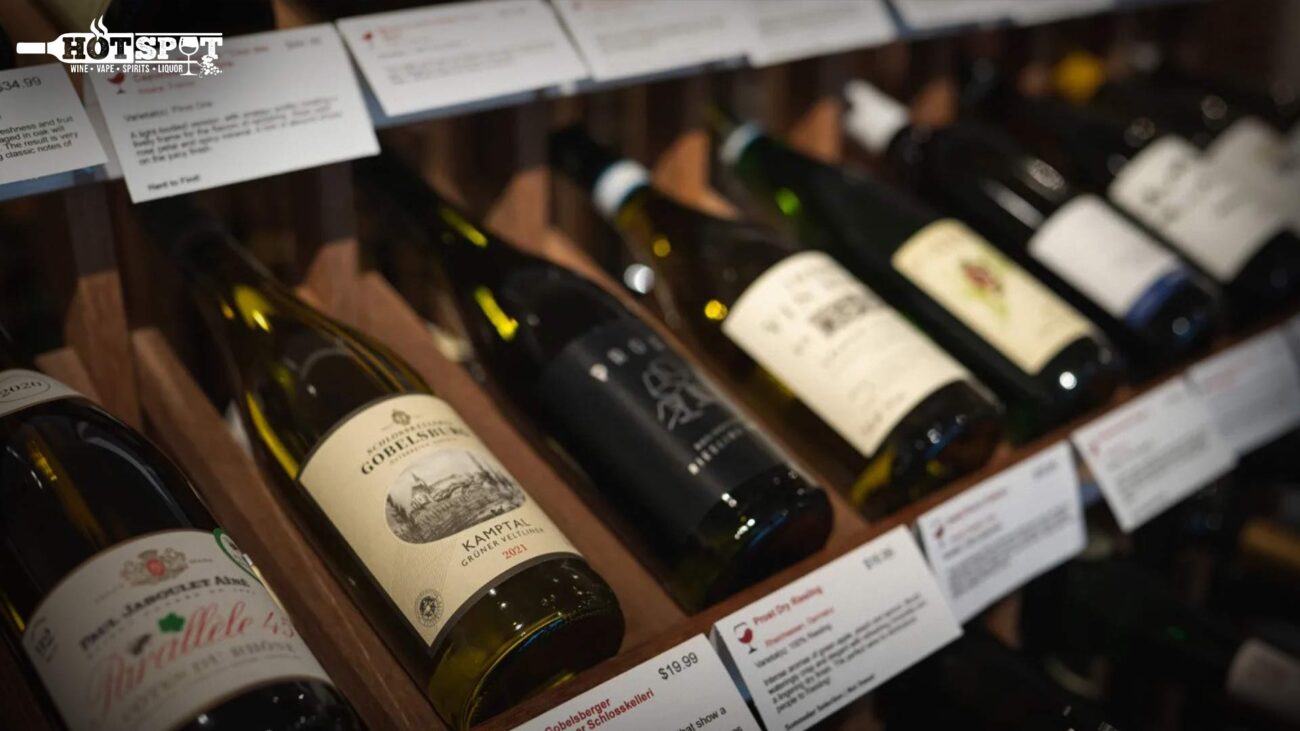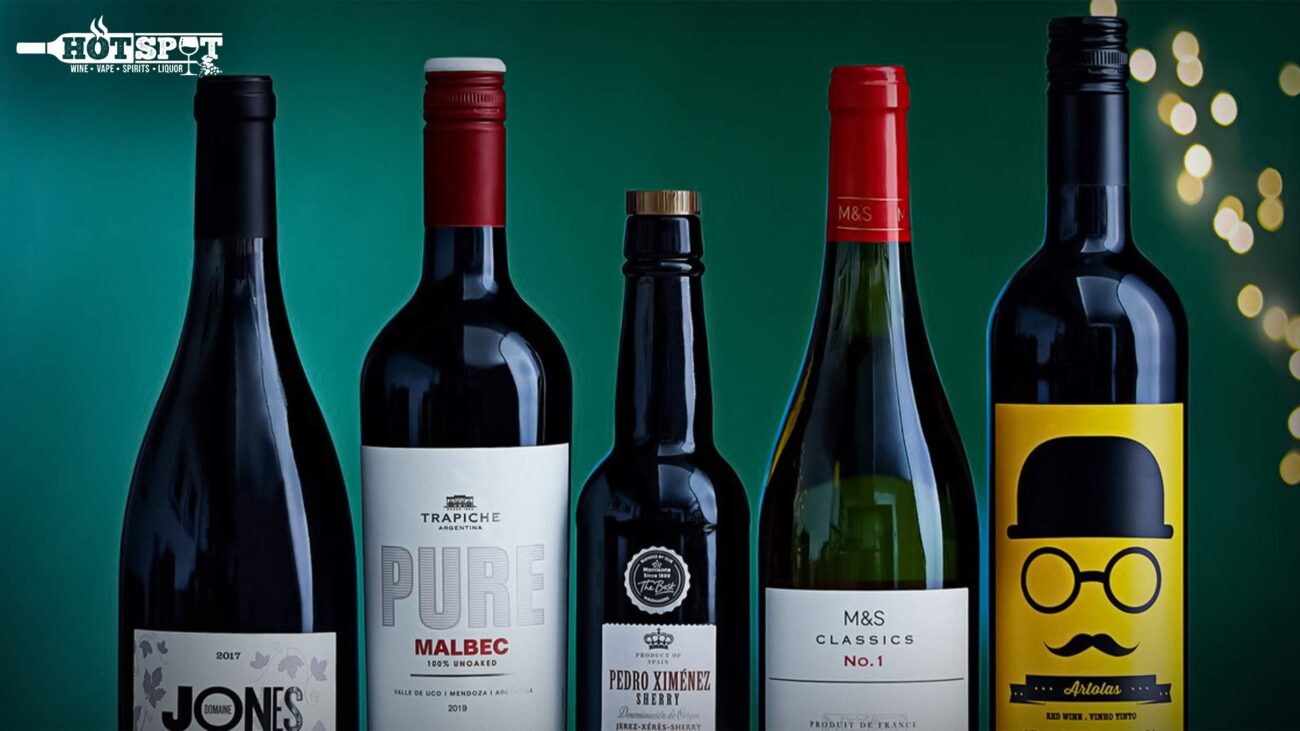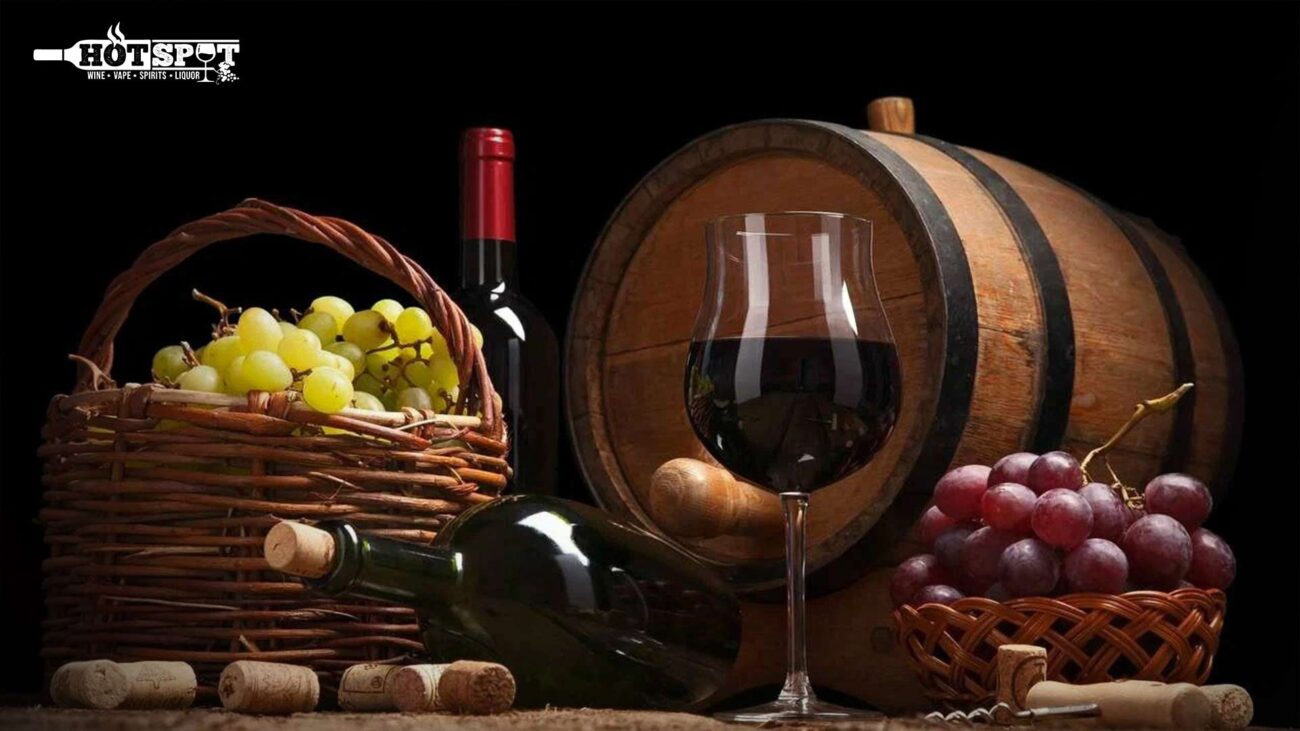When it comes to a glass of wine, the terms “fine wine” and “normal wine” are common; knowing their differences will greatly improve your wine experience. It is important to know your taste and preferences before getting into the details about what is the difference between fine wine and normal wine. Regardless of whether you are a newbie or a regular drinker.
So let’s explore the differences between fine wine and normal wine.
How Different Normal Wine from Fine Wine Is?
Production & Quality
The quality and production technique define what is the difference between fine wine and normal wine. Often using age-old and traditional methods, fine wines are created with great attention. The choice of grapes is quite important; good wines usually have the best grapes from particular areas known for their terroirs. Terroir is the environmental elements including terrain, temperature, and soil that affect the quality of the wine.
Normal wines might not always meet these exacting criteria, on the other hand. However, they can still be fun, they are usually grown on a more commercial basis with less focus on particular vineyard sites or careful harvesting techniques. Normal wine production may need less attention to detail and greater mechanizing.
Aging
Among the important differences is aging potential. Many times, fine wines are meant to age beautifully and over time develop unique tastes and smells. Factors including grape quality, winemaking methods, and the use of premium oak barrels produce this aging potential. However, over decades, fine wines can change to become more complex and refined.
Most normal wines, on the other hand, are meant to be drank somewhat young. Their structure or components might not be the same ones that enable aging-related improvement. Although some classic wines may age nicely, most are designed to be savored fresh and within a few years of their release.
Terroir and vineyard
To understand what is the difference between fine wine and normal wine mostly depends on the terroir idea and the site of the vineyard. Many times, fine wines originate from esteemed vineyards located in famous wine-growing areas. These vineyards are run to yield grapes with outstanding quality, shaped by their surroundings.
Moreover, normal wines could come from bigger, less unique vineyards or areas where volume takes more importance than quality. In these situations, the terroir may not be as well chosen, which would produce wines devoid of the depth and complexity of their fine wine samples.
Wine Making Methods
The methods used in winemaking can greatly affect the output quality. Many times, including complex winemaking techniques including hand-harvesting, exact fermentation controls, and long age times are fine wines. The taste, character, and complexity of the wine are improved using methods including malolactic fermentation and oak aging.
Normal wines, on the other hand, might use less labor-intensive winemaking techniques and more simple processes. Besides this often intended for efficiency and uniformity rather than for the development of rich and nuanced flavors, these methods are also quite easy.
Taste and Aroma
When it comes to taste and aroma, fine wine has a more layered and distinct flavor and aroma than normal wine. Fruit, flowery, earthy, and spicy notes—all combined—are common smells found in fine wines. As the wine opens and exposes fresh nuances with every sip, the flavor profile develops and varies.
Though delicious, normal wines could have simpler and less distinct taste characteristics. They might not have the same depth or range of aromas and flavors as good wines since they are frequently available to drink as it is.
Cost
One obvious thing to determine what is the difference between fine wine and normal wine is price. Because of the expenses involved in their manufacture—including fruit quality, longer maturing, and the knowledge needed for their creation—fine wines sometimes cost far more. Furthermore, the scarcity of normal wines adds to their more expensive price since limited production and great demand raise the cost.
Moreover, normal wines are usually less costly. They are easily available to a wider audience since they are more numbers and are rather common. Normal wines’ less rare nature and more consistent production help to define their price.
Brand
Furthermore, knowing what is the difference between fine wine and normal wine is the winery or brand’s reputation. Often created by well-known wineries with a track record of quality, fine wines Collectors and lovers of these vineyards highly value their labels since they have developed a reputation for creating outstanding wines.
Although normal wines could originate from bigger commercial wineries or less-known winemakers. However, many respectable and good typical wines exist, they might not be as well-known or reputable as excellent wines from esteemed producers.
Investment
Many times seen as collectible, fine wines can also be an investment. Fine wines appeal to collectors for their historical relevance, aging potential, and rarity. Some bottles are sold -after in the wine market since their value increases over time.
Normal wines are less likely to be seen as investment items. Usually consumed rather than collected, their value does not usually rise in the same manner as that of great wines.
Final Thought
To understand the factors that conclude what is the difference between fine wine and normal wine? The difference mostly comes down to elements including quality, production processes, aging potential, vineyard location, winemaking style, flavor complexity, pricing, and brand reputation. The Hotspot Liquor Store Offers a rich and unique experience with a variety of high-quality fine and normal wines. The wines created at their store are at the height of workmanship and uniqueness. Knowing these variations will help you to appreciate wine, whether you are savoring a rare vintage or just a laid-back glass. In the end, both fine and normal wines have special worth; the best one from The Hotspot Liquor Store will rely on your tastes and the situation. Discover the many universes of wine and enjoy the subtleties that make every bottle unique!





